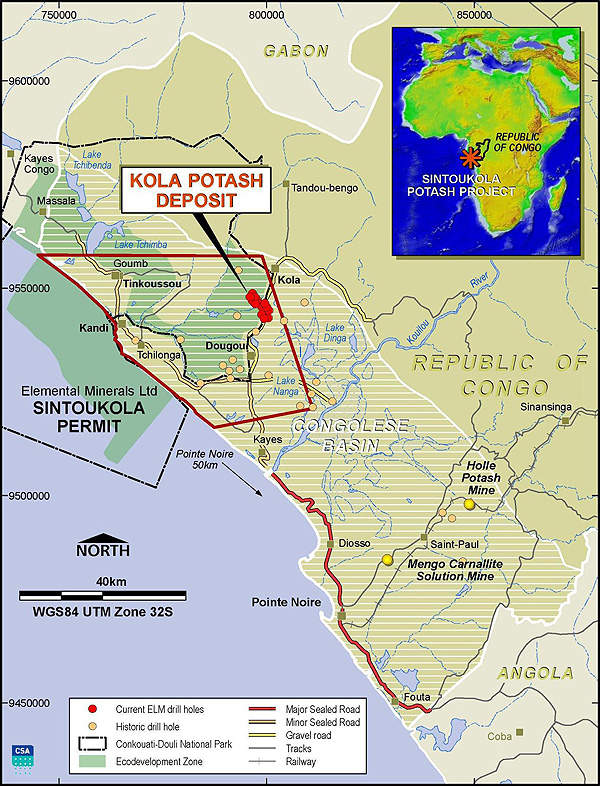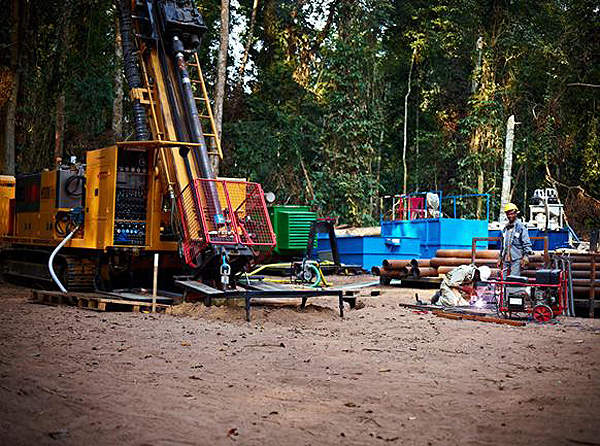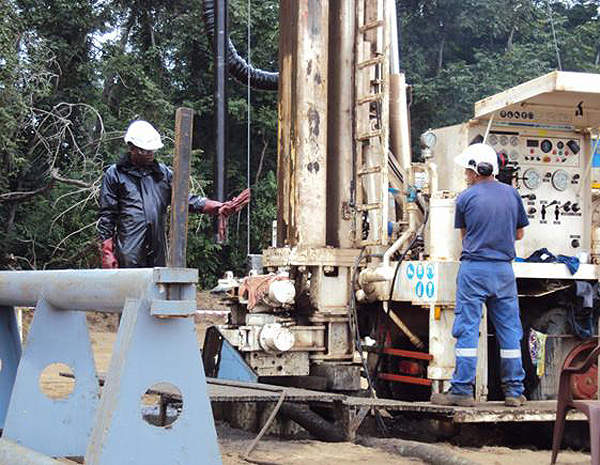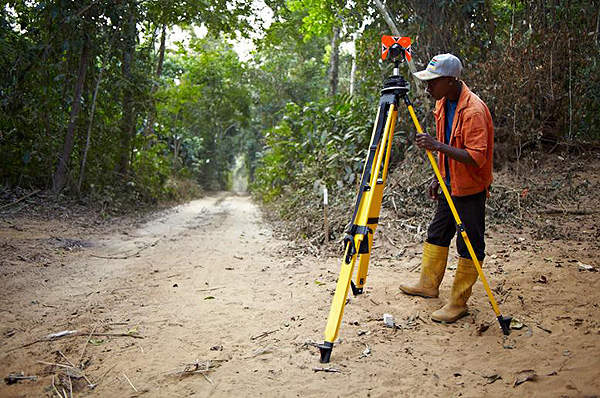The Sintoukola potash project is located in Kouilou Province of the Republic of Congo in West Africa. Operated by Sintoukola Potash, the project is spread over 1,436.5km². Life of the mine is estimated to be 20 years.
Elemental Minerals owns a 93% interest in Sintoukola Potash. Remaining shareholders in the company include Les Establissements Congolais MGM (5%) and Tanaka Resources (2%).
The project is in an advanced exploration stage as of March 2012. A pre-feasibility study is ongoing and is expected to be completed by mid-2012. Elemental Minerals plans to launch a definitive feasibility study in the first quarter of 2013 with first production aimed at 2015.
Initial production from the mine is expected to be 600ktpa of KCl and later increase to 1.2mtpa. The project will benefit from the potash price cycle which is expected to peak around the time it comes into production.
The project is expected to be a low cost producer due to the availability of cheap natural gas and process water. Good infrastructure in the form of road networks and a deep water port will also benefit the project.
Geology and reserves at the Sintoukola potash mine and deposit
The mine is a high grade shallow deposit (275m) and includes alternating clay and sand beds of the Pliocene to Pleistocene age. This layer overlies a ferruginous sandstone layer followed by an interbedded layer of mudstone and dolomitic siltstone. Below the siltstone lies dolomitic limestone and an evaporate structure.
The main deposit of the mine is the Kola target located in the eastern part of the permit area. Based on the technical report completed in the first quarter of 2011, the indicated resources at the Kola target are estimated at 362mt grading at 19.5% K2O. Inferred resources are estimated at 442mt grading at 19.6% K2O.
The upper seam of the Kola prospect is estimated to contain indicated resources of 229mt grading at 21.3% K2O and inferred resources of 289mt grading at 21.4% K2O.
Mineralisation, exploration and drilling at Elemental Minerals’ potash project
Sintoukola contains evaporate sections of rock salt, sylvinite, carnallitite, bischofite and tachyhydrite. The entire evaporate structure is 600m thick. Potash is found in the lower Cretaceous Loeme Evaporite formation.
Sintoukola has been explored in the 1960s with the drilling of 31 holes, of which five indicated significant potash reserves. Data from historic exploration enabled accelerated development of the mine and also reduced the exploration risks.
Based on historic exploration data, Elemental Minerals is carrying out an exploration programme at the mine in two phases. The first phase of the programme carried out between August 2010 and February 2011 included the drilling of 16 holes for 6,577m.
Phase two of the project development includes a two dimensional seismic survey and drilling of 41 drill holes, 19 of the 41 drill holes will provide information on the geology and resources. Another 22 drill holes will be for hydro-geological purposes.
The second phase of drilling programme commenced in August 2011. As of February 2012, 13 of the 19 holes have been completed and three are ongoing.
Mining, processing, transportation and handling at the Sintoukola potash project
Conventional mining methods will be used to recover ore from the mine. Ore is planned to be processed at a floatation plant built at the coast. The plant is expected to operate at recovery rates of 96.5% and 95.1%.
Locating the plant at the coast will enable brine disposal, provide water supply and ease the handling of the final product. The plant will produce 100% granular product.
Run of mine (ROM) ore will be hauled through a dedicated haul road using road trains. This will reduce the environmental footprint of the project and health and safety risks. The existing service road is planned to be upgraded for this purpose.
A jetty facility will be built at Tchiboula near the floatation plant to enable shipment of the finished product.







